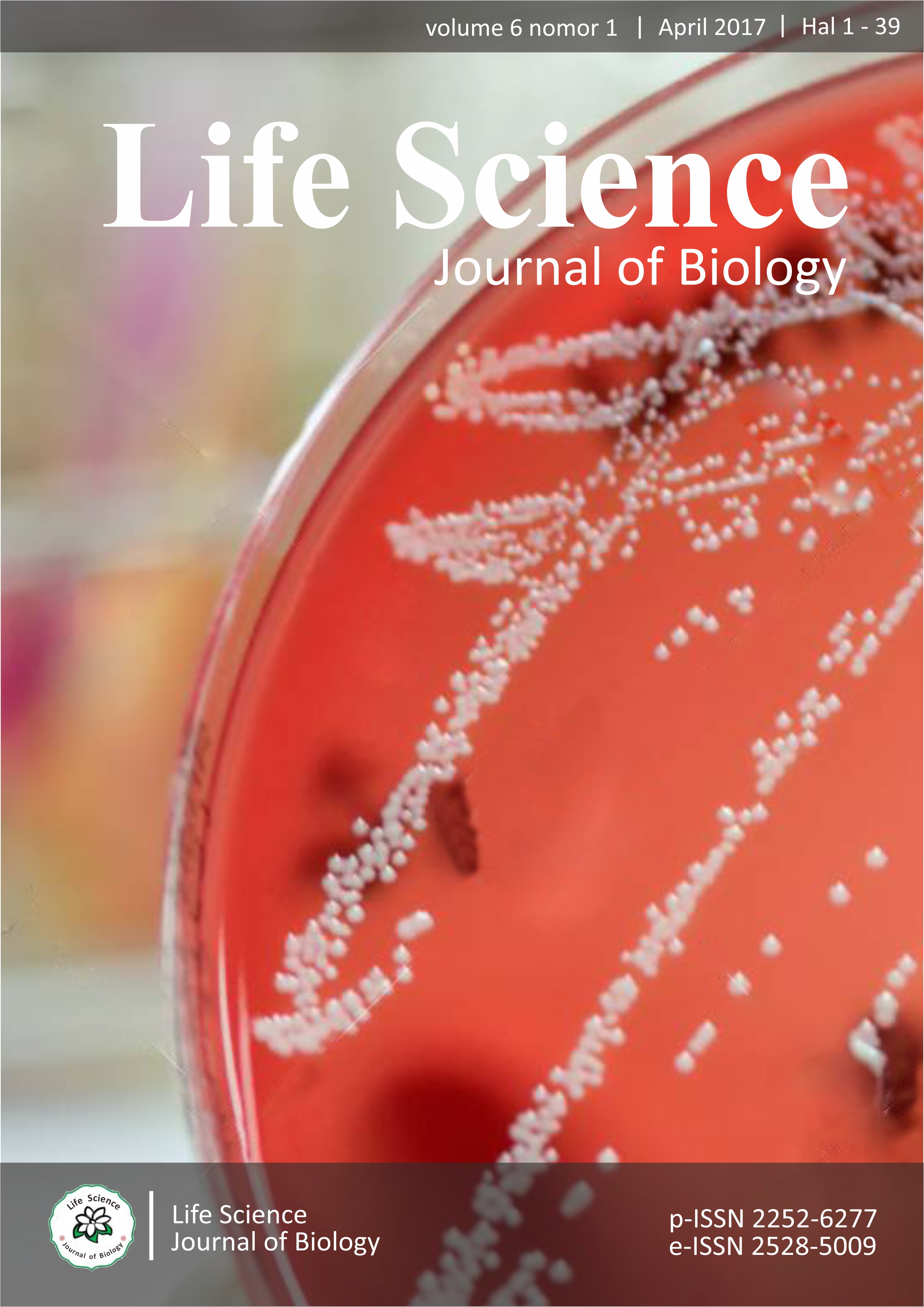Struktur dan Komposisi Tumbuhan pada Lantai Hutan Jati di Kawasan RPH Bogorejo BKPH Tanggel Blora
Main Article Content
Abstract
Tumbuhan pada lantai hutan merupakan tumbuhan yang hidup di bawah tegakan hutan yang meliputi semak, perdu, herba, dan paku-pakuan. Kehadiran komunitas tumbuhan tersebut pada suatu landskap akan memberikan dampak positif bagi keseimbangan ekosistem dalam skala yang lebih luas. Penelitian ini bertujuan untuk menganalisi struktur dan komposisi komunitas tumbuhan lantai hutan jati di kawasan Resort Pemangkuan Hutan (RPH) Bogorejo Blora serta mendeskripsikan hubungan komunitas tumbuhan tersebut dengan faktor lingkungannya. Hasil penelitian menunjukkan bahwa spesies yang memiliki Indeks Nilai Penting (INP) tertinggi adalah Eulalia amaura (30,2%) yang termasuk famili Poaceae sedangkan indeks keanekaragaman tumbuhan lantai hutan jati di kawasan RPH Bogorejo sebesar 3,4. Komposisi tumbuhan lantai hutan meliputi 48 jenis yang terdiri dari 24 famili. Dari hasil analisis ordinasi diketahui bahwa sebaran stand penelitian mengelompok menjadi tiga bagian sesuai dengan pembagian area yang dilakukan. Hasil superimpose menunjukkan bahwa faktor intensitas cahaya merupakan faktor yang menentukan pengelompokkan komunitas dari seluruh stand yang dipelajari. Untuk menyediakan data dasar secara lengkap, perlu dilakukan penelitian lebih lanjut mengenai vegetasi tumbuhan lantai hutan jati secara periodik sepanjang tahun.
Plants on the forest floor is a plant that lives under forest stands covering bushes, shrubs, herbs and ferns. The presence of the plant communities in a landscape will have a positive impact for the balance of the ecosystem within a larger scale. This study aims to determine the structure and composition of plant communities in the area of teak forest floor Forestry Resort (FR) Bogorejo Blora and to describe the relationship of the plant community with environmental factors. The results showed that the species had the highest Important Value Index (IVI) of teak forest floor is Eulalia amaura which includes family Poaceae (30.2%) while the index plant diversity in the region RPH Bogorejo of 3.4. The composition of the forest floor vegetation includes 48 species consisting of 24 families. From analysis ordinated research note that the distribution stand grouped into three sections according to the division of the area. The result of superimpose showed that the light intensity factor is a factor that determines the classification of the entire stands studied. To provide the completeness of the basic data, it is necessary to conduct further research on teak forest floor vegetation periodically throughout the year.


